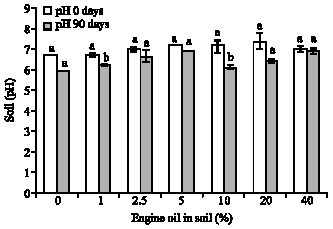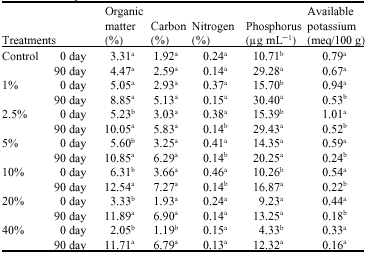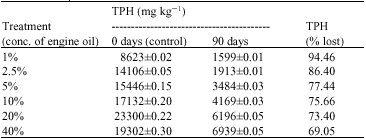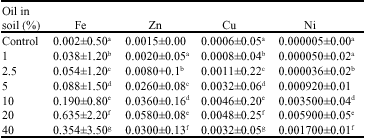Research Article
Bioremediation of Engine Oil Polluted Soil by the Tropical White Rot Fungus,Lentinus squarrosulus Mont. (Singer)
Department of Botany and Microbiology, University of Ibadan, Ibadan, Nigeria
Omoanghe S. Isikhuemhen
North Carolina Agricultural and Technical State University, Greensboro, NC 27411, USA












